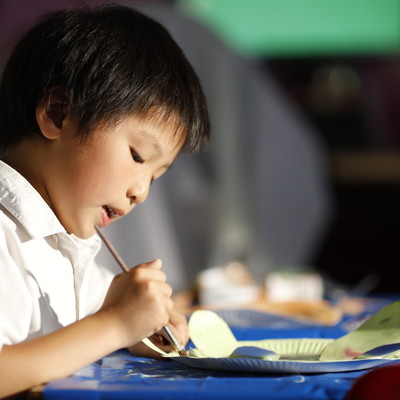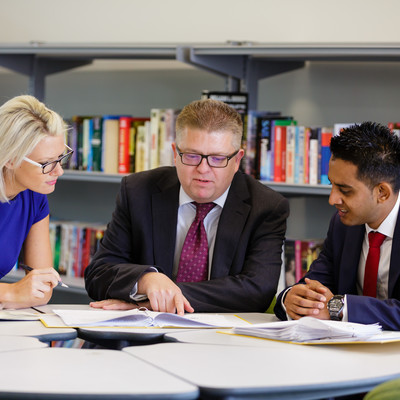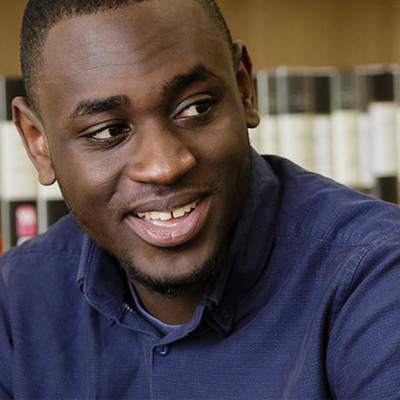Art & Design
Fine art, photography
‘To experience the arts is to experience aspects of humanity which cannot easily be defined or understood in another context. In whatever medium it comes, the importance of ensuring young people have access to the best that has been thought, said and created in the arts has never been more pressing.’ Art at the Heart of Education, Institute of Education lecture, 2019.
Early human artistic activity is thought to have origins dating back more than 40,000 years in the form of cave art, slowly spreading as a communicative practice from Africa and Indonesia to Western Europe and beyond. Hand stencils, shellfish, animal bones, pigment-stained stone tools and even ochre “crayons” were key findings within caverns which formed the basis of expression and communication to future humans. The discovery of paintings and objects that were stylistic to the area of the world in which they were found provoke thought in their message, which develops a ‘human story’ – one which has developed throughout history as humans have evolved and interacted with the world. It is constantly developing and expanding in its reason for being and purpose, leading us to where we are today in developing our own expression of the world and where we fit within it.
At Royal Docks we believe that the arts are for everyone and it is an essential part of a student’s education. In all of our trust schools, pupils will be provided with a broad ‘diet’ of art, design, craft and photography, with a wealth of experiences that will support them throughout their lives. Art is unique in that it supports pupils in becoming visually literate developing confidence in self-expression and the understanding and importance of imagery. The power and need that the studying of art provides: of self-expression and to articulate this in visual form is an essential human right. The arts possess the power to dismantle stereotypes, convey journeys (present, past and historical) and voice opinions of societies. The ‘arts’ forms our connection to the world and can give pupils a sense of confidence and self-esteem. Key artists such as Charlotte Caron, Vincent Van Gogh, Andy Warhol and photographers such as Robert Capa, Henri Cartier-Bresson and Daniel Mountford help to inspire and engage our pupils in developing their own meaningful and creative responses.
All pupils will be given the opportunity to:
- Develop their knowledge and understanding (‘The Grammar’) learning about art (critical, contextual studies: exploring the work of artists, external sources) as well as ‘making art’.
- Have the time to explore materials, media and processes and in doing so discover what they are ‘good’ at and enjoy.
- Work from observation and record it in its various forms (visuals, memories, experience)
- Discover ideas and explore different views in the world in which they live thus increasing their enjoyment and ‘wonderment’ of the subject in discovering its relevance to their everyday lives.
- Develop imaginative responses to different forms of stimuli.
- Realise and articulate their intentions using a variety of processes and media.
- Develop a greater sense of independence and self-esteem with regards to self-expression.





















